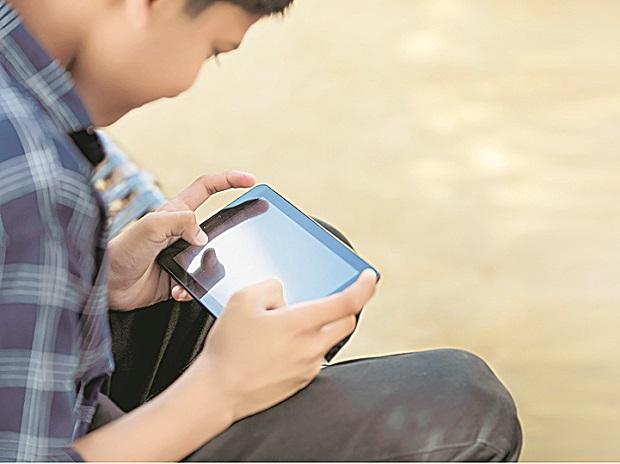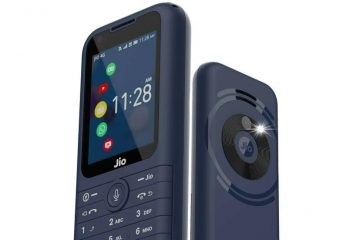India is mulling the delivery of multimedia content to smartphones, even without internet connectivity. This endeavour is centered around a technology known as direct-to-mobile (D2M) broadcasting. Collaborative efforts involving the Department of Telecom, the Ministry of Information and Broadcasting, IIT Kanpur, and Prasar Bharati aim to explore D2M’s potential beyond its emergency alert functions.
What is D2M?
D2M is a broadcasting technology capable of transmitting multimedia content to consumers’ smartphones without requiring an active internet connection. Traditionally, it has been employed for issuing emergency alerts and assisting in disaster management. However, its versatility extends beyond these conventional applications.
With D2M, governments can broadcast citizen-centric information, and telecom operators can partner with content providers to deliver multimedia content, such as live news, without straining network bandwidth. This approach benefits consumers by reducing their reliance on internet data consumption for staying informed and entertained.
How does D2M technology work?
D2M technology functions in a manner akin to listening to FM radio on a smartphone, where a receiver taps into radio frequencies. Another comparison is direct-to-home (DTH) broadcasting, in which a dish antenna receives broadcast signals directly from satellites and transmits them to a receiver, known as a set-top box.
Also Read: Centre considers building broadcast stack for direct-to-mobile services
Why it is not ready for rollout?
In the “D2M Broadcast 5G Broadband Convergence Roadmap for India” paper, published by IIT Kanpur in 2022, it is noted that currently available mobile devices do not support this technology because it requires the ATSC 3.0 standard. ATSC 3.0 represents the latest version of the Advanced Television Systems Committee standards, designed to define how television signals from different networks, including terrestrial, satellite, and cable networks, are broadcasted and interpreted by devices.
To make devices compatible with supporting next-generation broadcast networks under these standards, a separate baseband processing unit is needed, along with an antenna, low-noise amplifiers, baseband filters, and a receiver.
Additionally, the current network infrastructure lacks the capability to transmit signals for D2M. This technology necessitates a dense network of terrestrial towers to receive signals from satellites and transmit them to streaming devices, reducing the size of the device’s antenna. This is unlike DTH, which employs fixed rooftop antennas linked to broadcast satellites.
Cost of implementing D2M
Also Read: India added highest mobile subscriptions in June quarter globally: Ericsson
While smartphones with built-in antenna designs could receive D2M signals, this would only work in specific environments, not outdoors or indoors. An alternative approach would involve establishing a dense network of low-power transmitters by placing terrestrial towers close to one another. However, this would likely entail considerable costs and logistical challenges.
D2M alternative
An alternative to D2M is 5G Broadcast technology, currently undergoing testing. This technology relies on high towers with powerful transmitters to distribute media content via continuous, linear data streams. Mobile devices within the transmitter’s coverage area can receive these streams in a receive-only mode. Compatible with both 5G and 4G, this approach eliminates the need for a new processing unit, potentially reducing device costs. Furthermore, the 5G Broadcast network can be deployed within the existing network setup, commonly used by a majority of broadcasters.
Note:- (Not all news on the site expresses the point of view of the site, but we transmit this news automatically and translate it through programmatic technology on the site and not from a human editor. The content is auto-generated from a syndicated feed.))



